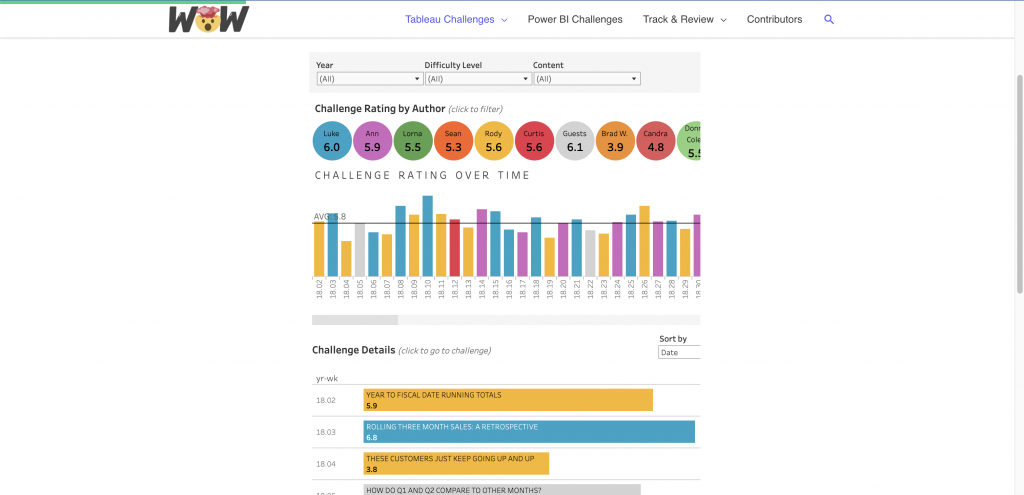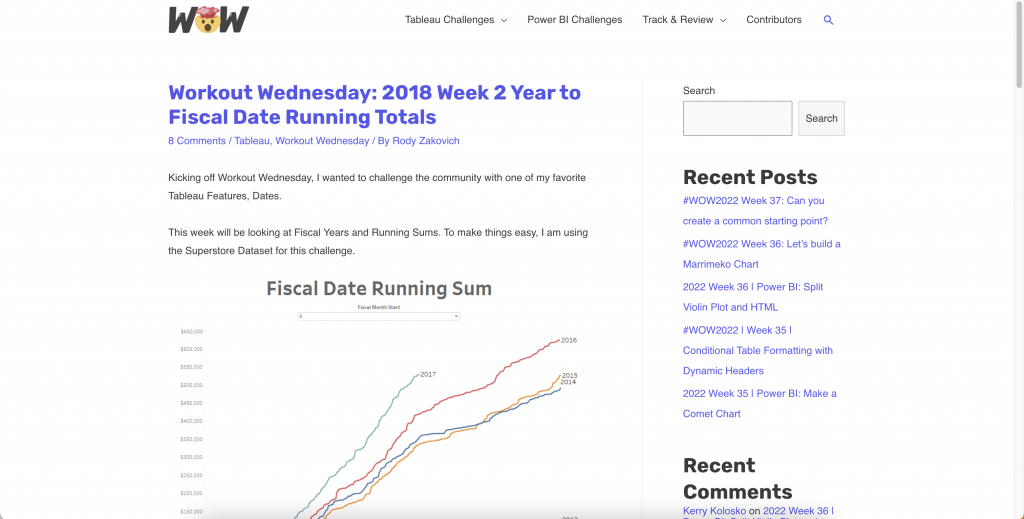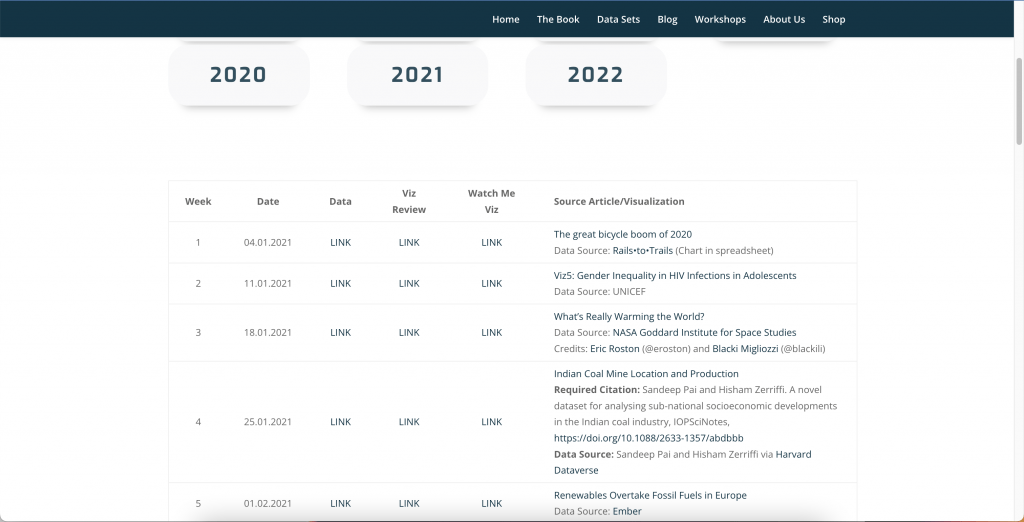First of all, congratulations on completing the Tableau Desktop I training offered by one of our trainers in The Information Lab NL. We hope that you have enjoyed the time spent with us and learned a great deal of fundamental knowledge about working with Tableau Desktop. Now that you have completed this fundamentals course, there is a number of actions that you can take to practice and improve upon your Tableau skills. In this short blog, I will go over some actions that you can take.
#1 – Go Over the Practice Manual Again
In the course, you were required to follow a practice manual which included a practice per subject that we covered with steps to guide you into building a specific view. It could have been that within the training time, you did not get to finish some of these exercises nor understand what you did to get to the end. It is important that you go back and re-trace your steps if this is the case. Because most of the intermediate or advanced techniques used in Tableau start from these fundamental exercises. It is important to fully grasp the understanding behind these exercises.
Beyond that, the practice manual also has a couple of bonus exercises that you can try. These exercises are not covered in the training but can be covered in your own time. They are towards the bottom of the practice manual at 17. Appendix B: Bonus Practises with Solutions.
If you are feeling pretty confident, you can also try to rebuild the exercises. However this time, you can try to only look at the initial image and build from that. Not following the steps this time.
#2 – Check out Tableau Public
It is most likely mentioned in the training that Tableau Public is a great resource to view other people’s dashboards and draw inspiration/tips/tricks from them. It is a hub of all kinds of creative dashboards that people make. What makes it quite useful is that the author can allow others to download the content as a packaged workbook for you to open in your Tableau environment and explore. This way, you can get to really see how exactly a specific view was built and learn quite a lot of valuable design tips.

Tableau Public is essentially almost like an Instagram for Tableau. You can also create a free account and post your work, and follow other creators, and favorite content as you wish. It is an overall important platform for expanding your tableau knowledge and understanding what is possible with Tableau.
#3 – Workout Wednesday
Workout Wednesday is a platform that hosts a variety of Tableau challenges. The challenges range from beginner to advanced users. The initial website is a dashboard with links to different challenges. You can filter by year the challenge came out, difficulty level, and the content of it. Click the bar charts at the bottom to navigate to a challenge.

Once on a challenge, you will see the final version of a view that you need to achieve. There will not be a step-by-step guide on how to reach it. That is up to you to figure out. However, there will be small tips.

These challenges can prepare you into figuring out solutions more on your own. Which is better because you will not have a step-by-step guide every time you will build a view in Tableau. Also, depending on the difficulty, there will be fewer generic views as challenges. Therefore it is also a way into exploring different types of charts and design techniques. Another benefit that Workout Wednesday has is that you can filter by content. Meaning that if you feel weak in a particular area such as formatting, filters, or dates, you can specifically search for challenges within that domain.
#4 – Makeover Monday
Makeover Monday is another great source for improving Tableau skills as well. The concept of Makeover Monday is that every Monday, there will be a dataset published along with a dashboard that is made from it (not necessarily Tableau). And the goal is to make the visualization more effective in communication.
With each dataset, there are also complementary videos going through a real-time building of an improved version of the existing dashboards. As well as feedback sessions to dashboard submissions that are made.

Practicing with Makeover Monday is quite beneficial. That is due to the fact that you get to work with multiple different datasets and explore the possibilities with each. The real-time building and review by experts also will give you a lot more insight into effective ways of working.
#5 – Sign up for Tableau Desktop II Training
And finally, if you are ready to learn about more advanced concepts with a guide if a trainer, be sure to sign up for the follow-up training of Tableau Desktop II. In the DII training, we dig deeper into how Tableau handles data, more advanced chart types, dashboard design tips, and many more elements that will help you become a more well-rounded Tableau user.
Check out our Tableau Desktop DII offer here.
Check out our blogs page to view more blogs on Tableau, Alteryx, and Snowflake here.
Work together with one of our consultants and maximize the effects of your data.
Contact us, and we’ll help you right away.


